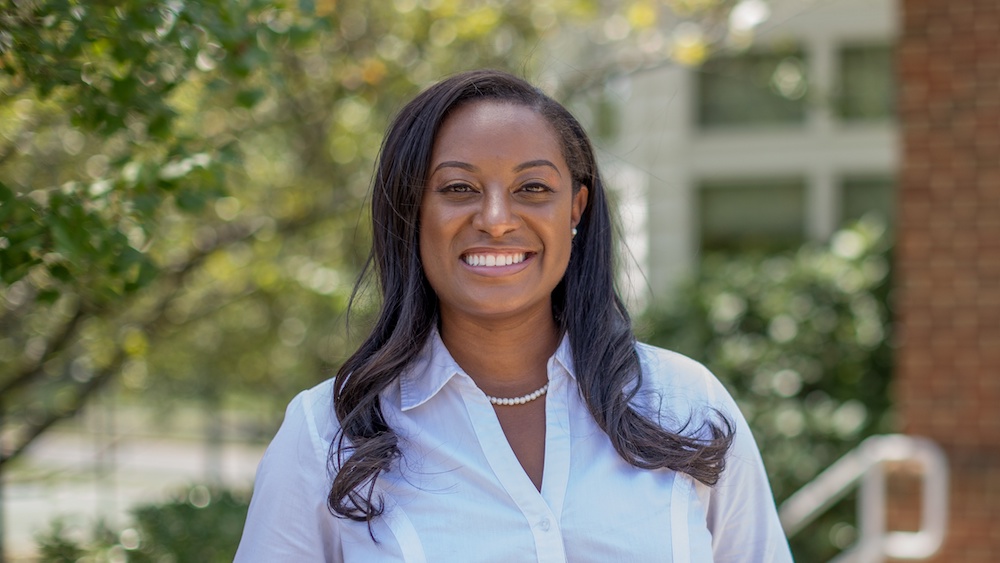If you’re interested in sharing your opinion on any cultural, political or personal topic, create an account here and check out our how-to post to learn more.
____
During my first year serving in the Virginia House of Delegates, I hosted a conversation with African American girls from across Virginia. We covered a range of topics and discussed many of the challenges they’re facing, but one of the issues they continued to raise with me was school pushout.
These young women were being pushed out of school not because they weren’t completing homework assignments or were disobedient in another way — they were being pushed out because of the way they wore their hair and the way they dressed. It was their braids, locs, head wraps and cuts in their jeans that apparently caused so much alarm that school leadership felt they did not deserve to be in school until they changed one of the very things that make them who they are: the way they dress and express themselves.
These young women reported that teachers commented on their body parts, or principals told them that when a girl dresses a certain way, they're inviting a certain kind of reaction. It was an issue they faced that their white counterparts didn’t experience — haven’t experienced — in the same way. The rules at these schools brought into focus a fact that we’ve known for years: African American girls face unique burdens, are often perceived as more sexually provocative and punished more frequently because of the way they dress and wear their hair.
This — school pushout and criticism of the way a young woman looks — is the true cause for alarm.
First, when a young woman is penalized for the way she wears her hair or the way she dresses, it begins a process of body shaming, where she’s essentially being told that she should be ashamed of the way she looks. The impact of this message is profound and often sends a different, more subliminal message: “You are to blame for any harassment you face because of the way you choose to dress. Because of the way you look.” These practices needlessly enforce outdated gender stereotypes and contribute to rape culture by sending the message that girls should be blamed for “distracting” boys and men with their hair and dress.
Second, school pushout deprives girls of valuable class time. Girls of color, and particularly African American girls, are pushed out of school and lose valuable class time thanks to being disciplined at a rate of 5.5 times higher than white girls. Unnecessarily strict and harsh dress codes are fueling those numbers. Lost class time makes it harder for girls of color to succeed in school, which impacts their ability to graduate and pursue higher education. Inequitable access to education leads to inequitable career and economic outcomes. Studies show that girls who do not complete high school face higher unemployment rates, poor employment prospects and low earnings potential.
And this issue doesn’t only impact young women — boys are impacted as well. Time and time again, we’ve seen how overly harsh disciplinary policies can force young men of color into the school-to-prison pipeline and create massive barriers on the path toward success.
The bottom line is that we must do more to confront this issue and support the success of all students, no matter how they dress or wear their hair.
Students across the country have been vocal about the impact of discriminatory dress codes on their education, and we have the research to back up their experiences. For all of these reasons, I was proud to introduce the Dress Code Equity Act in Virginia. This bill, the most comprehensive in the nation of its kind, has the potential to not only change the messages that students receive in school, but crack down on the kind of discrimination that’s pervasive in creating and enforcing these dress codes. It would ensure all dress codes allow students to wear any religiously or ethnically specific head covering or hairstyle, while subjecting students to the same set of rules regardless of their gender. The bill requires local school boards to implement fair and equitable dress code policies and directs the Board of Education to develop model dress codes free from subjective terminology that discriminate against girls of color. Furthermore, it implements common sense restrictions like prohibiting staff from physically enforcing dress codes or subjecting students to public humiliation by requiring them to undress in front of school staff, as we unfortunately know happens.
This issue is not limited to my state of Virginia. Stories of discrimination against students based on the way they wear their hair and the way they dress have made headlines in states as different as Texas, Louisiana, Massachusetts and more. It’s an issue that leaders across the country have a responsibility to tackle, for the sake of young people’s long term success. These students deserve more equitable and inclusive policies that make students feel welcome in their own schools. In Virginia, we’re working toward making that happen. And when we do, we’ll allow students to be their truest selves and succeed in all the ways they deserve. I hope one day every state will work just as hard as we are to create a more inclusive environment for their future leaders.
____
Jennifer Carroll Foy is a Delegate in Virginia, representing the state's 2nd district. She was one of the first African-American women to graduate from the Virginia Military institute, and served as a public defender and magistrate judge. She is a proud mother to twin two year olds, and wife to her husband Jeff, who she met her first week at VMI.
